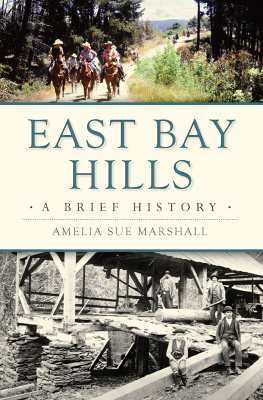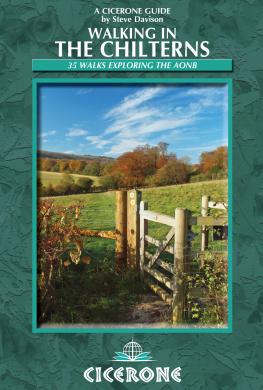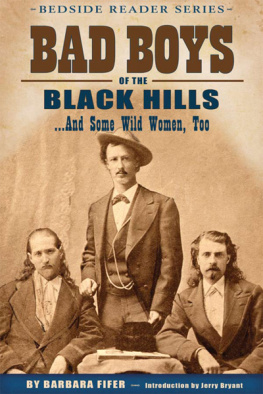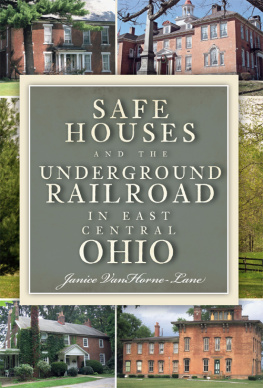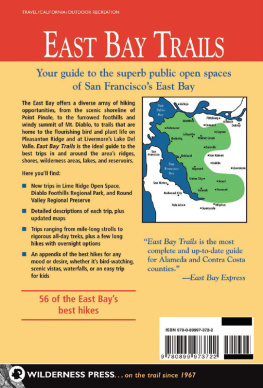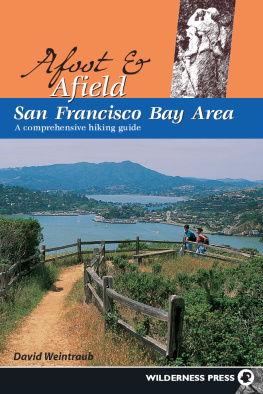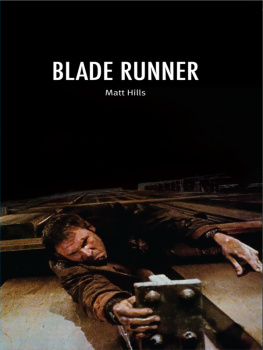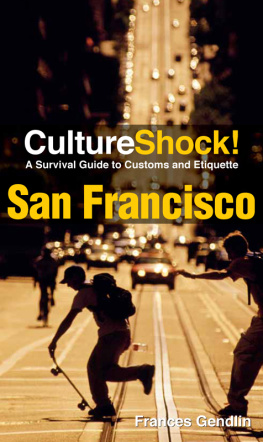

Published by The History Press
Charleston, SC
www.historypress.net
Copyright 2017 by Amelia Sue Marshall
All rights reserved
Cover images: Top front: Riders from the San Ramon Valley Horsemen on the East Ridge Trail in Redwood Regional Park, circa 1975. Info provided by Per Nielsen, George Wagnon, Bryan Hodges, Mildred Dalgleish and Esperance (Es) Anderson. Courtesy of East Bay Regional Parks archives; bottom front: The Palo Seco Mill around 1910. Courtesy of the Oakland Public Library Oakland History archives.
First published 2017
e-book edition 2017
ISBN 978.1.43966.311.0
Library of Congress Control Number: 2017945010
print edition ISBN 978.1.46713.725.6
Notice: The information in this book is true and complete to the best of our knowledge. It is offered without guarantee on the part of the author or The History Press. The author and The History Press disclaim all liability in connection with the use of this book.
All rights reserved. No part of this book may be reproduced or transmitted in any form whatsoever without prior written permission from the publisher except in the case of brief quotations embodied in critical articles and reviews.
To Bill, with enormous love.
CONTENTS
ACKNOWLEDGEMENTS
We Oaklanders try to celebrate our cultural heritage in a style that is audacious, righteous and open-hearted. So, lets start with a salute to Dennis Evanosky, dean of the local history writers, for his unstinting generosity in sharing the knowledge he has accumulated over many years. Following along in the open-source spirit are writers Annalee Allen, Gene Anderson, Jacqueline Beggs, Ed Clausen, Eleanor Dunn, Richard Langs, Erika Mailman, Doris Marciel, Malcolm Margolin and Richard Schwartz.
Our secret society at the East Bay Regional Park District archives, under the adult supervision of the redoubtable Brenda Montano, has been the wellspring of ideas for this book. The lovely and talented Jerry Kent, Ned MacKay, Paul Miller, Anne Rockwell, Beth Stone, Leslie Stoup, Ron Ucovich and Bill Vidor have been my source of nurturance and inspiration for several years.
The late Lloyd Graham Donaldson, known to everyone as Lloyd Graham, graciously spent many hours sharing his reminiscences about his long lifetime in the East Bay redwood forest. We lament his passing before he could see this book in print.
Regional Parks Director Dee Rosario and the wonderful Robyn Krieger are a constant source of information, energy and fun. Past and present East Bay Regional Park District (EBRPD) staff who have contributed to this work include Michael Charnofsky, Janet Gomes, Annie Kenny, Justin Neville, John Nicoles, Joe Sullivan and Dave Zuckermann.
Others who shared vital information include Judi Bank, Larry Brickell, Rex Burress, Bob Cooper, Jim Covel, Heather Galanis, Kendall Langan, Dorothy Londagin, Martin Mataresse, Kimra McAfee, Dwayne McCosker, Mary McCosker, Erik Olafsson, Cecelia Pea, Greg Pratt, Dave Radlauer, Bob Schultz, Esperanza Pratt Surls, Stuart Swiedler, John Whatley and Rich Wirkkala.
This work has been enriched with information generously shared by staff and volunteers from local historical organizations: Holly Alonso, of the Antonio Peralta Hacienda Museum; John Christian, of the Hayward Area Historical Society; Elsie Mastick at the Moraga History Center; and Chris Doan, archivist for the Roman Catholic Archdiocese of San Francisco.
Oakland librarians Dorothy Lazard, Steve Lavoie and Kathleen DiGiovanni are invaluable resources to our community, as are planners Betty Marvin and Gail Lombardi at the Oakland Cultural Heritage Survey. Peter Hanff and Michael Maire Lange at the Bancroft Library and Allan Fisher at the Western Railway Museum have been very helpful in locating historic photographs.
Cartographer Alan Imler worked tirelessly to perfect our maps.
Editor Deborah Dunster has spared me much embarrassment through her exacting attention to the prose.
Graphic designer Naomi Schiff performed magic tricks with obscure illustrations to reveal hidden mysteries.
Thanks to Stan Dodson for introducing me to The History Press team. Thanks for your unbounded service in local parksfrom chain-sawing downed trees to leading nature hikes.
Any shortcomings of this work are my sole responsibility.
This book might never have been written if it werent for Neil Stollman MD, the worlds best doctor and a truly delightful human being.
My husband and best friend, Bill Imler, PhD, has provided ongoing encouragement, nightly five-star dinners and daily acts of kindness throughout my process of researching and writing this book. We are grateful to our beloved offspring, Alan and Rosalie, who bring us joy each day.
INTRODUCTION
These are interesting facts that we may be pardoned for producing.
History of Alameda County, by M.M. Wood, 1883
The East Bay hills hold the only inland forest of coastal redwood trees within a major metropolis. Its old-growth progenitor trees may have been the tallest anywhere. Sea captains southbound from the Bering Strait gazed upon them to set a course through San Francisco Bay.
Saclan Bay Miwok people of the inland valleys and Ohlone people of the coastal plains have lived here for centuries, and their cultures endure.
Yankee bullwhackers and Portuguese farmers built homesteads in the fragrant redwoods. They founded schools and held elections. They organized fire protection districts.
Rowdy cowboys whooped it up in the saloons of Redwood Canyon. Rustlers drove away other peoples livestock. Mounted rangers from the redwoods brought them to justice. The Wild West lived large in the hidden canyons.
Civil servants and university professors imagined a swath of parkland stretching twenty miles along the hills. Lawyers and union leaders conferred for years until the dream became reality. The labor armies of the New Deal rescued families from poverty, with Italian stonemasons building shelters and barbecue ovens for the public to enjoy.
East Bay voters chose to tax themselves for parkland twicein 1934, during the Great Depression, and again in 2008, with the Great Recession underway.
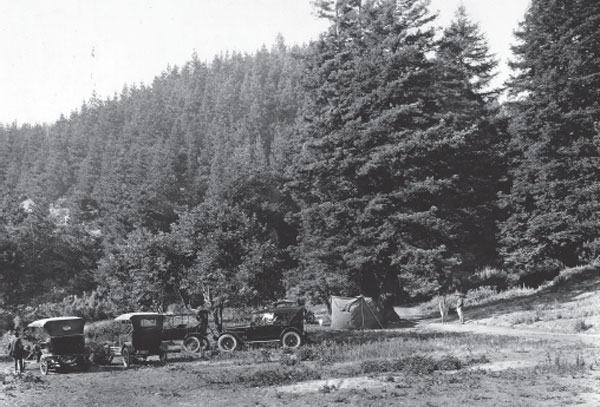
Crews from the Works Progress Administration (WPA) arrive in Redwood Regional Park, circa 1936. Courtesy East Bay Regional Park District archives.
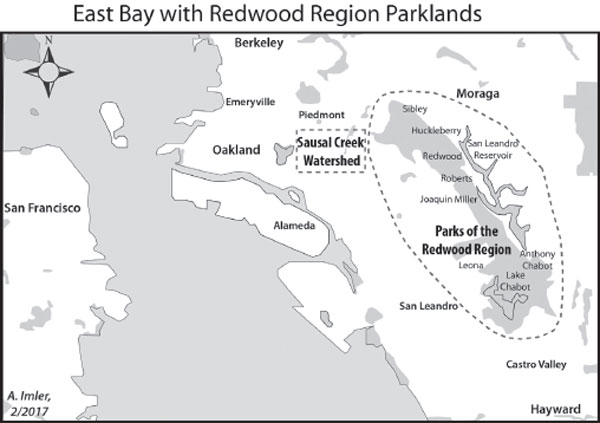
The East Bay Hills redwood regionthe only inland forest of Sequoia sempervirensis found in the hills between Oakland and Moraga. Courtesy Alan Imler Cartography.
Who planted the olive trees on the west slope of Redwood Peak? Who built the stone stairs that once led to the Redwood Hunting Lodge? For how many years did Rubys bordello serve her rustic clientele?
Theres more to the stories than you may have expected!
Chapter 1
NATIVES
As the eighteenth century was drawing to a close, opposition factions in tribal villages continued to resist Spanish intrusions into the East Bay hillsamong them were escaped Christian and non-Christian Saclans, allied with some Jalquins. Butsmall groups of forty or fifty warriors, armed only with bows, lacked the power to protect their borders against Spanish invaders
Next page
